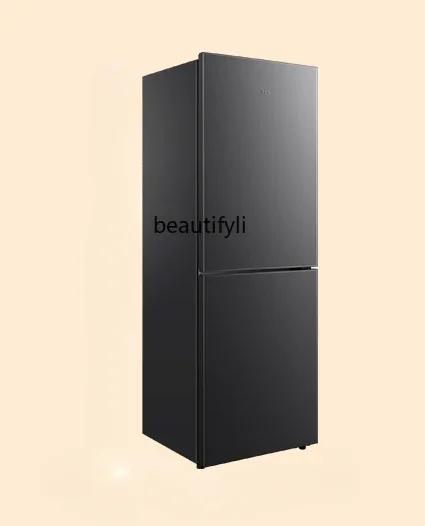
NH290 NH350 NT855 Engine Piston Kit Cylinder Liner Kit Piston Set 3051553 3051554 3048650
Price: USD 522.93 - USD 594.24Category: Other Vehicle Parts & Accessories
Shop now and enjoy exclusive discounts! NH290 NH350 NT855 Engine Piston Kit Cylinder Liner Kit Piston Set 3051553 3051554 3048650. Experience the quality Other Vehicle Parts & Accessories!

LH rock slab bathroom cabinet combination modern simple bathroom smart mirror cabinet light luxury washstand
Price: USD 446.14 - USD 594.86Category: Home Decor
Shop now and enjoy exclusive discounts! LH rock slab bathroom cabinet combination modern simple bathroom smart mirror cabinet light luxury washstand. Experience the quality Home Decor!

XL sofa bed cream wind foldable small apartment living room study sofa bed dual-purpose
Price: USD 445.50 - USD 594.00Category: Home Decor
Shop now and enjoy exclusive discounts! XL sofa bed cream wind foldable small apartment living room study sofa bed dual-purpose. Experience the quality Home Decor!

Aesthetic Japanese Coffee Tables Small Cute Glam Wood Coffee Tables Round Minimalist Mesas De Centro Para Sala Home Furniture
Price: USD 297.10 - USD 594.20Category: Home Furniture
Shop now and enjoy exclusive discounts! Aesthetic Japanese Coffee Tables Small Cute Glam Wood Coffee Tables Round Minimalist Mesas De Centro Para Sala Home Furniture. Experience the quality Home Furniture!

190 liters V7 double door frequency conversion energy saving air cooling frost-free household rental dormitory refrigerator
Price: USD 475.66 - USD 594.58Category: Personal Care Appliances
Shop now and enjoy exclusive discounts! 190 liters V7 double door frequency conversion energy saving air cooling frost-free household rental dormitory refrigerator. Experience the quality Personal Care Appliances!

new original 2080-LC50-48QWBMicro850 48 I/O EtherNet/IP Controller 2080-LC50-48QWB
Price: USD 577.79 - USD 595.66Category: Measurement & Analysis Instruments
Shop now and enjoy exclusive discounts! new original 2080-LC50-48QWBMicro850 48 I/O EtherNet/IP Controller 2080-LC50-48QWB. Experience the quality Measurement & Analysis Instruments!

Kongshanji Machinery Ji Muse Art Sculpture Electroplating Living Room Milk Tea Shop Internet celebrity shop Soft decoration Floo
Price: USD 564.59 - USD 594.31Category: Home Decor
Shop now and enjoy exclusive discounts! Kongshanji Machinery Ji Muse Art Sculpture Electroplating Living Room Milk Tea Shop Internet celebrity shop Soft decoration Floo. Experience the quality Home Decor!

Gothic Dress Dark adult children's daily Light Halloween
Price: USD 179.42 - USD 598.05Category: Dresses
Shop now and enjoy exclusive discounts! Gothic Dress Dark adult children's daily Light Halloween. Experience the quality Dresses!
